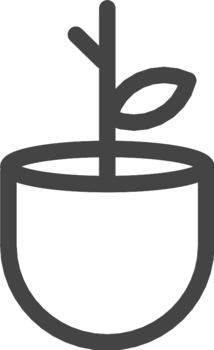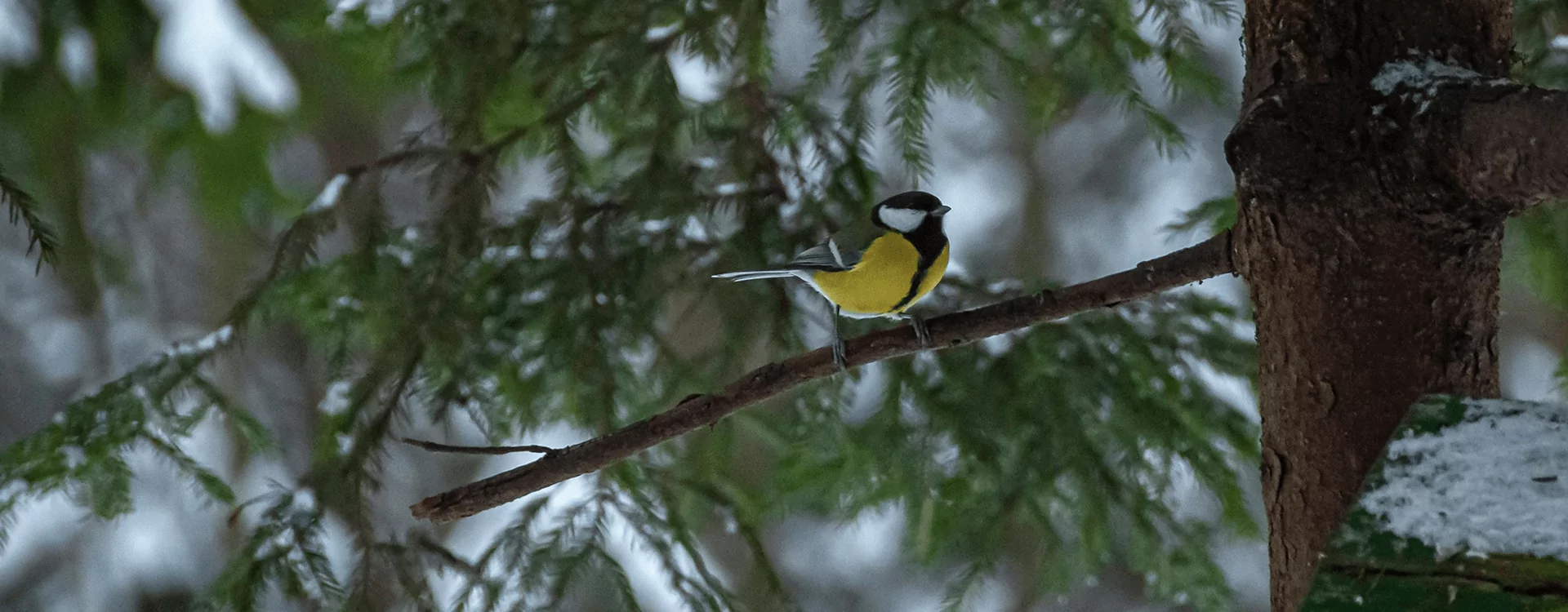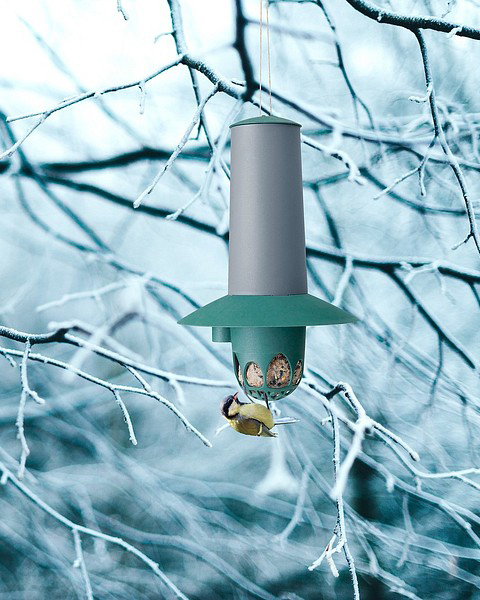Where should you place a feeding station?
Place the feeding station slightly away from buildings, as birds startle easily and might accidentally fly into windows due to reflections. Trees and bushes offer shelter from cold winds and predators.
It’s a good idea to provide several feeding spots around your yard so that the birds don't have to compete with each other.
If you live in an apartment building, discuss with other residents before setting up a feeding station to ensure it doesn’t cause any inconvenience.
What should you feed birds?
The most popular bird foods are sunflower seeds, peanuts, oats, and tallow. In addition to these, you can try millet, hemp seeds, rapeseed, flaxseed, or berries.
It’s best to crush nuts into smaller pieces to make them easier for small birds to eat. Avoid feeding birds spoiled or overly salty food.
How should you organise the feeding?
Hanging bird feeders are a convenient way to feed birds, as ground feeding may attract unwanted visitors.
Minimalist and stylish Orthex’s bird feeders are made from UV- and frost-resistant material, designed to withstand temperatures as low as –40°C. The range includes three models: a tallow ball feeder plus Birdie and Kåtan feeders. Orthex bird feeders are manufactured in the Nordics from durable, recycled plastic.
The closed design of the feeders prevents birds from entering them, which prevents the spread of diseases among wild birds. The bird feeders have been developed in collaboration with Swedish ornithologists.
The bird feeders should be cleaned outdoors because they may contain bird excrements. Wear gloves when cleaning and wash your hands thoroughly afterward.


 Storage
Storage  Kitchen
Kitchen  Home & Yard
Home & Yard  Plant care
Plant care  Renewable & recycled
Renewable & recycled 
 Storage
Storage  Kitchen
Kitchen  Home & Yard
Home & Yard  Plant care
Plant care  Renewable & recycled
Renewable & recycled 









